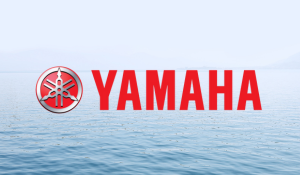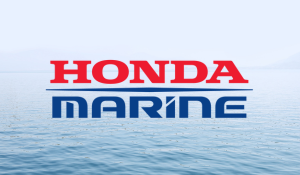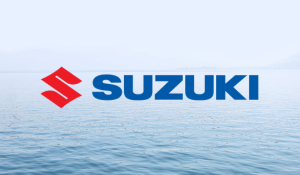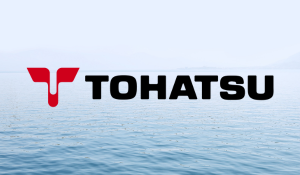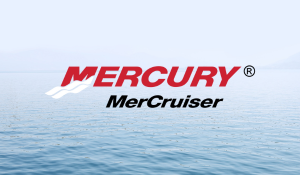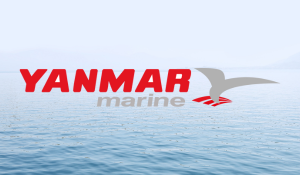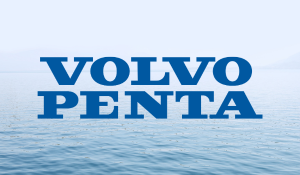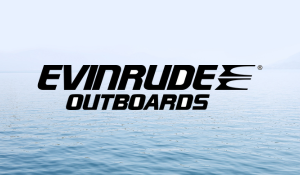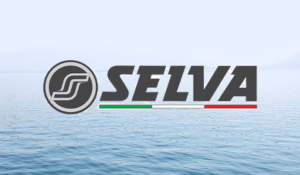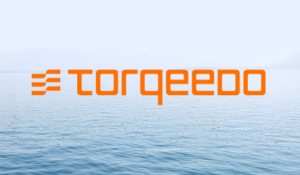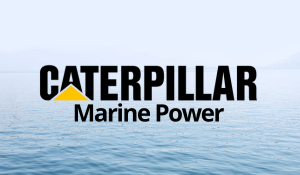Buy Boat Motor
Tips for making the right choice!
Choosing the engine for any boat owner is an important decision that can have a significant impact on the performance, there safety and the pleasure to sail on the waves.
Many engine brands are available on the market and it is not easy to navigate among all the existing models.
Each engine has its own advantages depending on the intended use and your personal preferences. If you have a specific type of boat or activity in mind, this can help you determine which kind of engine is best suited.
It is therefore important to look into the issue to carefully assess the available options and understand the key factors to consider.
To achieve a wise investment In the long term and to ensure your satisfaction on the water, bateauavendre.fr reveals the different brands, types of marine propulsion, and their characteristics.
Whether you are an experienced sailor or a beginner, this article guides you to find the engine ideal suited to your specific needs and budget.
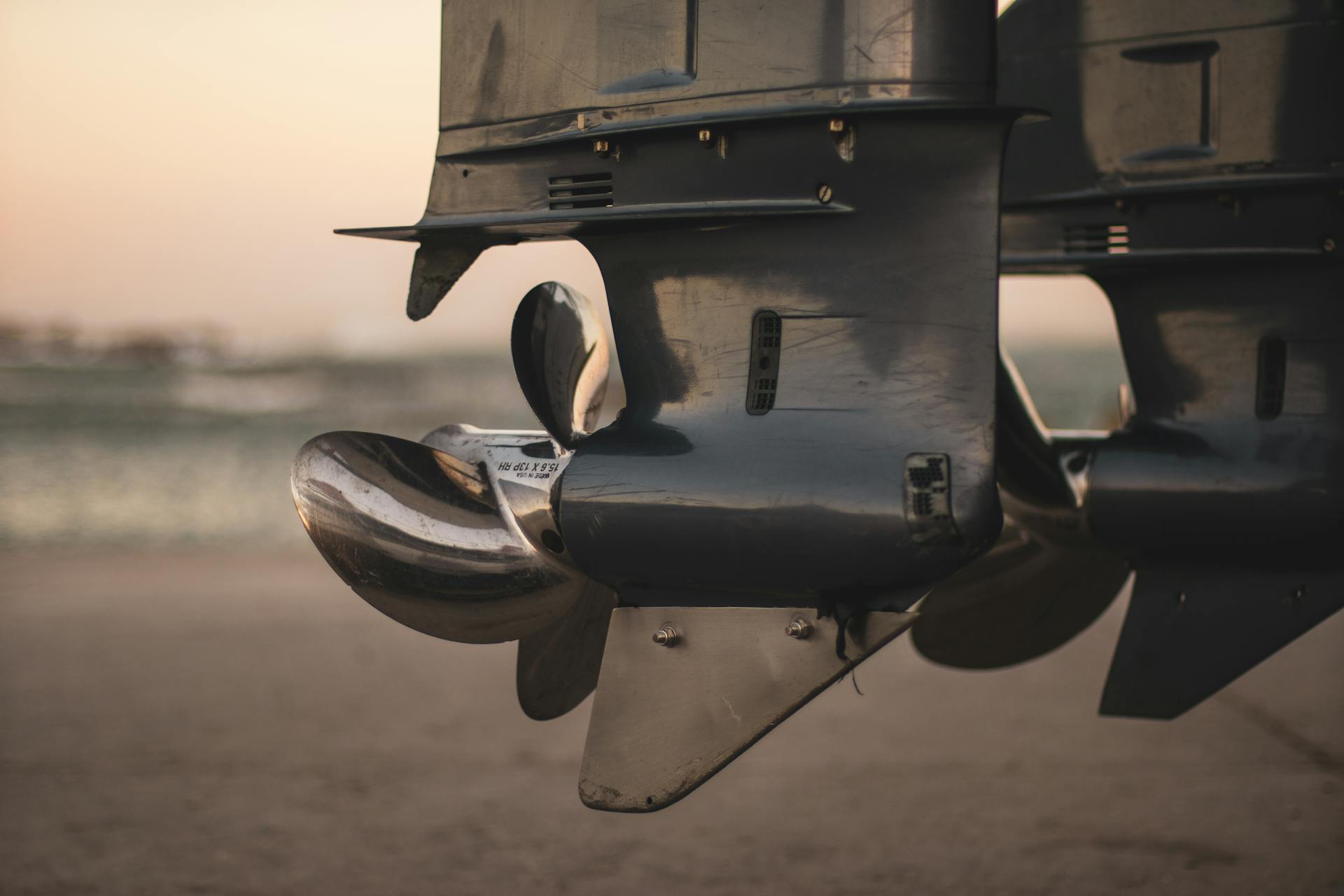
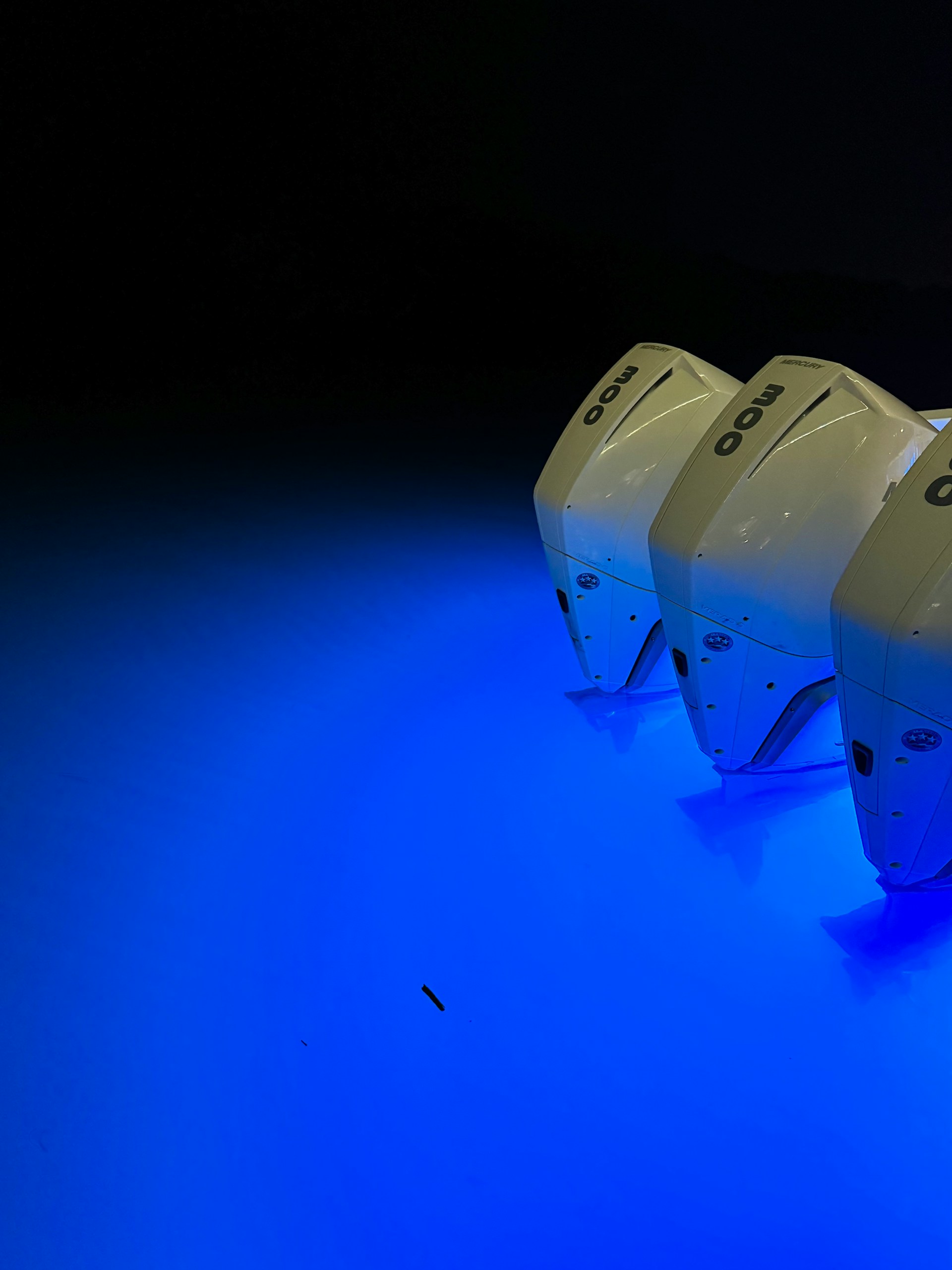
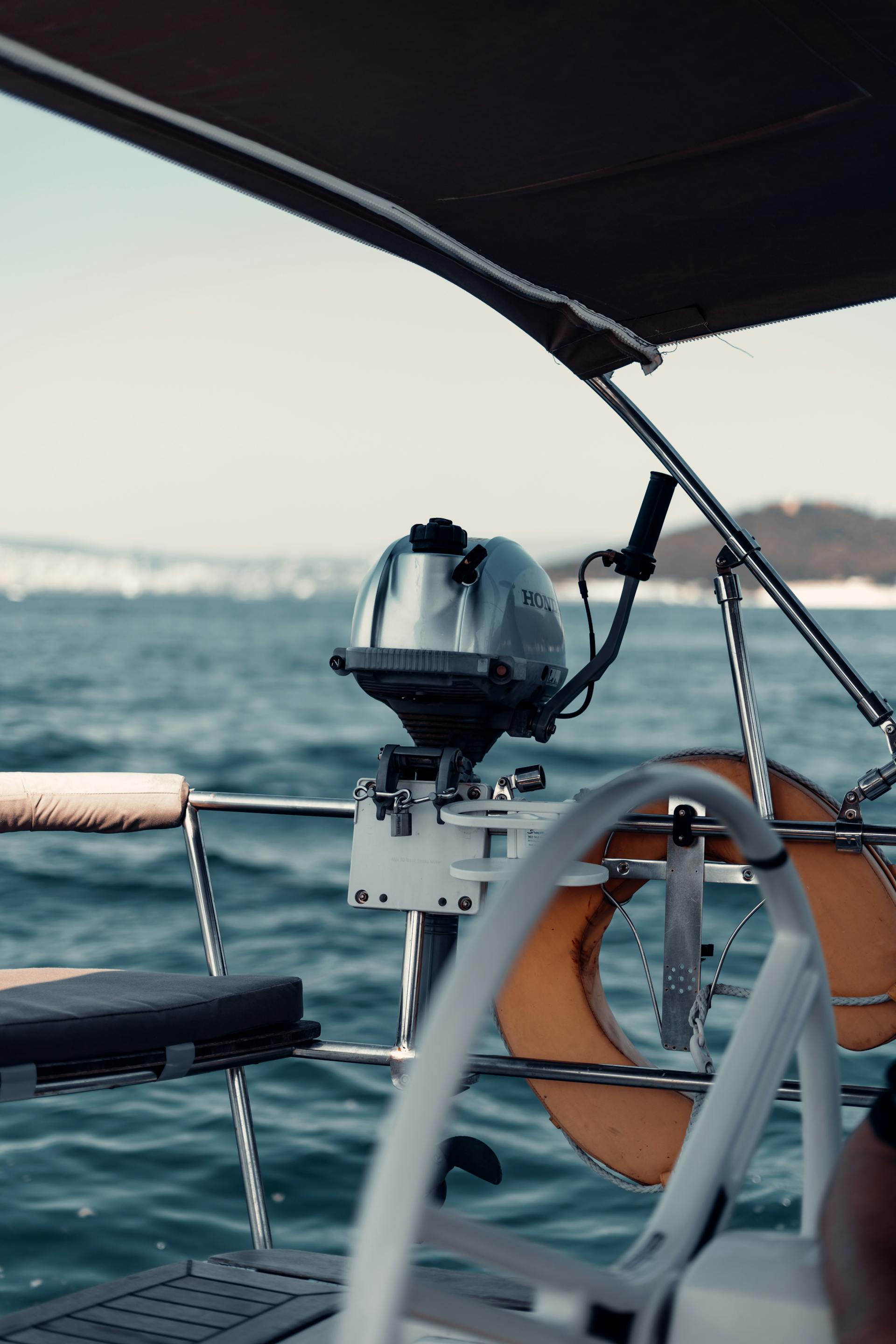
How to choose the ideal engine for your boat?
France has over 5,800 km of coastline, providing exceptional terrain for sailing enthusiasts.
With iconic regions like the Brittany, there French Riviera and there Normandy, Many individuals are choosing to turn to recreational boating, which has led to a significant increase in demand for boat engines, both for small vessels and yachts.
Outboard engines, particularly, are very successful. This type of propulsion system, suited for small and medium boats, is appreciated for its ease of use, energy efficiency, and simplified maintenance.
Make the best choice for your boat
It is recommended to create a list of your priorities and compare several models based on your unit, your constraints, and your finances.
Several renowned brands exist in the marine engine market, each offering a range of products suitable for different types of vessels and nautical activities.
Here are some of the most well-known and best-selling brands.
Find your boat engines for sale on our platform in one click about the brand that interests you.
Dealers, engine manufacturers, resellers, and service points near you can guide you and provide some recommendations.
You can view the list of boating professionals and boating specialized for these services by filtering by region or refine your search by brand engine part
Essential points to remember when buying your engine
The compatibility The propulsion system with your boat is essential.
The engine size must conform to that of your boat. Smaller boats generally require engines up to 5 liters, while medium-sized boats require engines up to 30 horsepower (HP). Choosing the right size ensures optimal performance and safe navigation.
Find the satisfying balance between the power of the engine and the specifications of your unit can make all the difference.
An insufficiently powerful engine does not allow for reaching the desired speeds, especially in rough seas or with a heavy load. Conversely, an overly powerful engine can compromise stability and the hull durability of your boat. It is therefore essential to find a power suitable for the size and weight of your vessel.
Lightweight and compact engines are often chosen for small boats, while larger and heavier ones are better suited for larger craft.
To give you an idea, a 5 to 10 HP engine may be suitable for small inflatables, while engines of 50 to 200 HP or more are needed for larger sport boats.
Our Tips
Compatibility
- Type and size: sailboat, motorboat, inflatable
- Total load : boat + passengers + equipment
- Hull type : planing, semi-planing, displacement
- Intended use : cruise, leisure, fishing, water activity or sport
- Navigation area : inland waters, coastal waters, offshore waters
- Propeller : Diameter, step..
- Budget
- Personal Preferences: gasoline, diesel, electric
Type of propulsion :
- Outboard motor : Ideal for small craft, easy to maintain and replace
- Inboard engine : more suitable for large boats. Offers better performance and good stability
- Electric motor : environmentally friendly and quiet, but generally less powerful
- Z-drive or stern drive engine : between outboard and inboard
Technology :
- 4-stroke or 2-stroke : Four-stroke engines are generally quieter, more economical, and less polluting than two-stroke engines.
- Electronic injection : Ensures better combustion and a reduction in contaminants
- Hybrid propulsion : Flexibility of use and reduction of fuel consumption
- Variable pitch propeller : Adjust the blade angle of the propeller to optimize performance at different speeds.
Engine power
Check the required power in horsepower (Hp) or kilowatts (kW). It must correspond to the intended use.
Refer to the manual for the manufacturer's recommendations.
Take into account the total weight of the boat (with passengers and equipment), the sailing conditions, and the desired speed.
Safety margin : choose a slightly undersized engine rather than an oversized engine to avoid excessive fuel consumption and premature wear.
Fuel
- Gasoline: The most common, but polluting and energy-consuming
- Diesel: More economical and less polluting, but heavier and more expensive to purchase.
- Electric: Quiet and environmentally friendly, but limited range and high cost
Inquire about the engine's fuel efficiency for long distances or cruising.
Modern outboard engines are more fuel-efficient.
Noise and vibrations
Some engines are louder than others, which can affect your comfort and influence the noise level.
Inboard engines are better insulated and the noise is reduced by the boat's hull.
Exhaust systems sometimes generate significant noise, especially if the muffler is damaged or poorly designed.
The vibrations from the engines cause noises if the engine is not properly secured.
Spare parts
Make sure of the availability of spare parts such as filters, spark plugs... and repair, maintenance, or propulsion system servicing.
Check for local dealers, distributors, or authorized service centers.
Prices may vary significantly.
It is useful to compare prices between different suppliers.
Corrosion resistance
Corrosion is one of the main enemies of boat engines, especially in a marine environment.
Choose an engine made with durable materials to corrosion, such as aluminum or stainless steel, to ensure increased longevity.
A superior quality construction contributes to minimize the damage caused by corrosion and to maintain your engine's performance over time.
Technical specifications and innovations
It is important to take into account the technical specifications and innovations. Modern engines offer advanced technologies such as electronic controls and power steering systems, enhancing performance and maneuverability.
Four-stroke engines are distinguished by their low-end torque and reduced fuel consumption, but require more maintenance than two-stroke engines, which are simpler and lighter but require a special mixture of gasoline and oil.
The available accessories, such as cooling systems, anodes, and batteries, can also influence the price and performance of the engine.
Outboard motors, available in gasoline, diesel, or electric versions, are popular for their compactness, easy installation and simple maintenance. Renowned brands such as Suzuki, Yamaha, Honda, and Mercury offer a wide selection, each with its own specifications.
The energy consumption and theenvironmental impact are increasingly predominant considerations. Four-stroke engines are more economical and less polluting than two-stroke ones.
Electric motors, although they have a limited range, represent a zero-emission and silent option, ideal for calm water bodies and small boats.
Choosing an engine that balances performance and environmental respect is a positive step for our planet.
Whether through the use of electric, hybrid engines or alternative fuels, these technologies contribute to a more sustainable and environmentally friendly navigation, especially for sailing in protected areas.
Understanding the different types of outboard motors
Outboard motors are divided into several types, each with its own characteristics and applications.
4-stroke outboard motors
These engines can be outboard or inboard and are an excellent choice for many types of boats, offering a good balance between performance, efficiency, and environmental impact.
Sophisticated, four-stroke outboard motors dominate the market with their two-revolution engine process for the four phases of the combustion cycle, controlled by valves.
This configuration gives them a robustness and reliability superior in the long term. The major advantages of four-stroke engines include more efficient fuel consumption, lower emissions, and a quieter noise level.
They require regular oil changes and have a higher weight and cost compared to two-stroke engines.
However, their reliability and consistent performance make them the preferred choice for sailors concerned with sustainability and long-term efficiency.
Ideal for recreational boats, for anglers seeking reliable and economical performance, and for professionals in their work.
2-stroke outboard motors
Two-stroke outboard engines stand out for their ease of construction and their excellent power-to-weight ratio. Accomplishing the four phases of the combustion cycle (intake, compression, combustion, and exhaust) in a single engine revolution, they stand out for their lightness and compactness.
Their strengths include a higher acceleration at startup and at high speed, simplified maintenance thanks to their streamlined design, and a cost generally more affordable than four-stroke engines.
Another notable advantage is the lack of need for oil changes, as the oil is directly mixed with the fuel.
Fuel Direct Injection (DFI) models stand out for their efficiency, producing lower direct emissions while complying with strict environmental standards.
However, the need for an oil/fuel mixture for lubrication may increase operating costs and negatively impact the environment if poorly managed.
Electric outboard motors
Electric outboard motors are gaining popularity due to their environmental benefits and ease of use.
Offering an innovative and eco-friendly alternative, electric outboard motors are powered by batteries and use permanent magnets or coils to generate their power.
They stand out for their zero emissions, silent operation, and limited maintenance due to their simplified design.
Available in a range of power options, suitable for small leisure boats, canoes, kayaks, and even fishing boats.
Their main limitation lies in the capacity and autonomy of the batteries, making these engines less suitable for long distances or intensive use.
Nevertheless, they represent an appealing option for small boats and activities in calm waters, where environmental performance and ecology are priorities.
Choosing an outboard motor based on the type of use
Here are some recommendations for selecting the appropriate engine based on your activity: Fishing, recreational and water sports, pleasure boating, heavy cargo transport, rescue or intervention, professional use...

To meet the needs of sporty and recreational use, such as water skiing, tubing, wakeboarding..., choose an outboard motor that combines power, speed, and maneuverability. Four-stroke or two-stroke direct injection engines are perfect for sport boats and motor dinghies, as they provide rapid acceleration and impressive top speed.
Recognized brands offer engines from 50 to 200 HP that are particularly recommended for these activities. These engines provide an optimal balance between power and fuel efficiency and are often equipped with advanced technologies, such as electronic controls and power steering systems.
The choice of an appropriate propeller is also crucial, significantly influencing the engine's performance. A well-chosen propeller, in terms of pitch and diameter, allows you to reach the optimal RPM recommended by the manufacturer while optimizing fuel consumption and top speed.
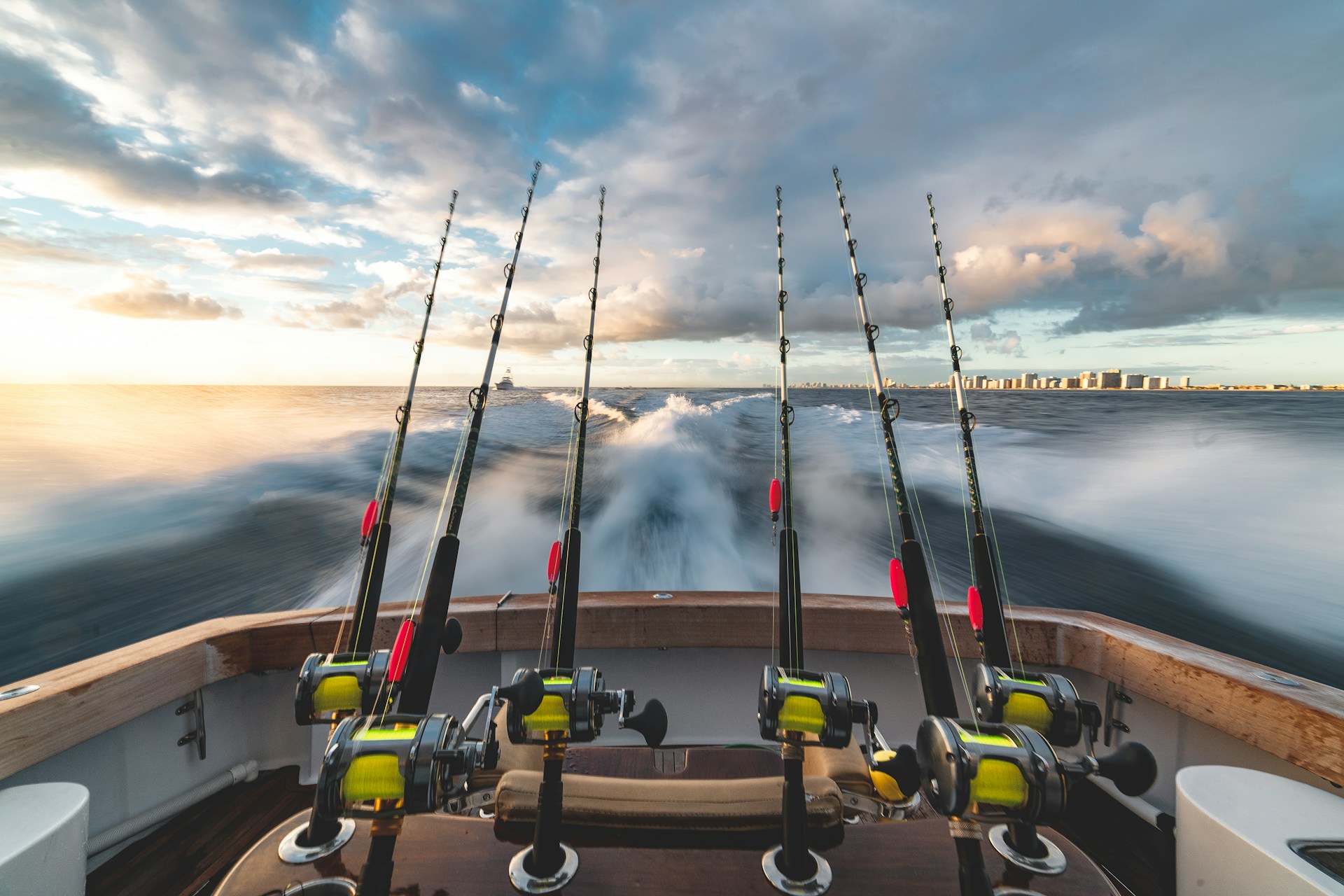
Fishing requires a boat equipped with an engine providing stability, reliability, and discretion. Four-stroke engines, known for their low noise levels and efficient fuel consumption, are often preferred. A moderate power range of 20 to 100 HP is generally adequate for most fishing boats.
These engines stand out for their good torque at low RPM, making planing easier and ensuring smooth navigation in calm waters. Moreover, the low noise of four-stroke engines is a major advantage for not scaring the fish away.
It is also important to consider accessories such as manual or electric controls, steering systems, and navigation instruments, which can simplify fishing activities and enhance safety.
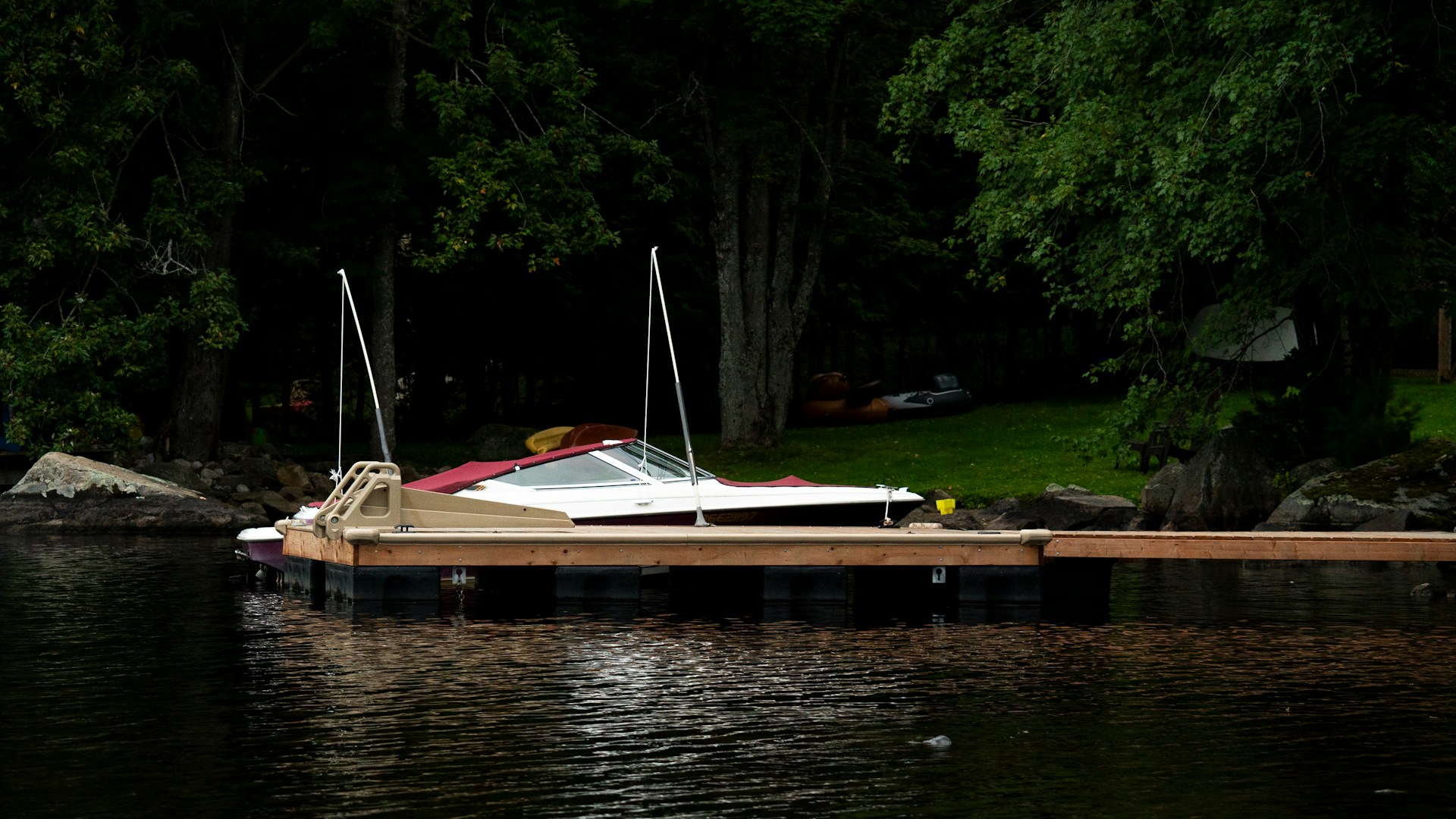
The choice of engine must be suited to the specific conditions of fresh or salt water. For fresh water, lightweight and electric engines, two-stroke and four-stroke, are suitable. For use in salt water, more robust and corrosion-resistant engines are required.
However, it is essential to ensure the compatibility of the engine with fresh water and the corrosion resistance of the materials. In saltwater, combating corrosion becomes paramount. Engines with stainless steel or anodized aluminum components are preferable for their ability to withstand the aggressiveness of seawater.
Brands like Mercury and Yamaha often offer options specially designed for saltwater, including advanced anti-corrosion treatments.
In addition, the engine mounting height and ventilation protection must be carefully adjusted to prevent performance and safety issues in saltwater.
You are now armed with good information to make an informed decision and find the perfect propulsion system to enhance your sailing experiences and maximize your enjoyment during your trips at sea or on freshwater.
